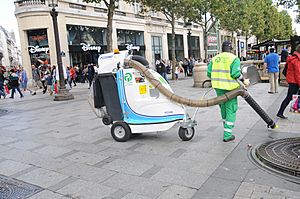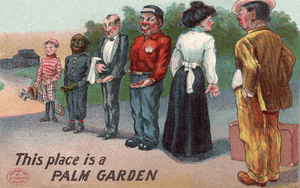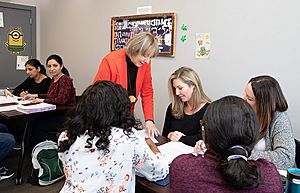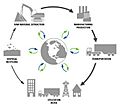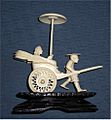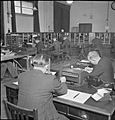Service sector facts for kids
The Service Sector, also known as the tertiary sector, is one of the three main parts of an economy. Think of it as the part that provides help and experiences, rather than making physical products.
The other two parts are:
- The primary sector: This is where raw materials come from. It includes things like farming, mining, and fishing.
- The secondary sector: This is where raw materials are turned into finished products. It includes manufacturing and building things.
The service sector offers many different kinds of help. This includes retail (shops), banks, hotels, real estate (selling houses), education (schools), health (hospitals), social work, computer services, recreation (fun activities), media (TV, radio), and communications (phones, internet). It also covers things like electricity, gas, and water supply.
Why Services Are Important
The service sector is a huge and growing part of economies around the world. It creates many jobs and helps countries earn money.
For example, in Australia in 2007, about 85% of all businesses were in the service sector. By 2009, over nine million people worked in this sector in Australia. This was about 86% of all jobs!
In India, the service sector has grown very fast. In 2006–2007, it made up 55% of India's GDP. GDP is a way to measure how much a country produces. Computer software businesses in India are growing by 35% each year. This shows how important services are becoming.
The Knowledge Economy
Many service businesses are part of what is called the "knowledge economy." This means they rely on smart ideas and information to succeed. They need to understand what their customers want. They also need to provide services quickly and at a good price.
A great example of this is banks. In the late 1900s, banks changed a lot. They started using information and communication technology. This helped them serve customers with fewer staff. It also made banking cheaper.
For instance, an automated teller machine (ATM) can give you basic banking services any time, day or night. Before ATMs, you could only do banking when the bank was open. Many banks have also joined together. This helps them reach more customers and offer new services. The key is using information to understand what customers need.
Images for kids
-
Testing telephone lines in London in 1945.


